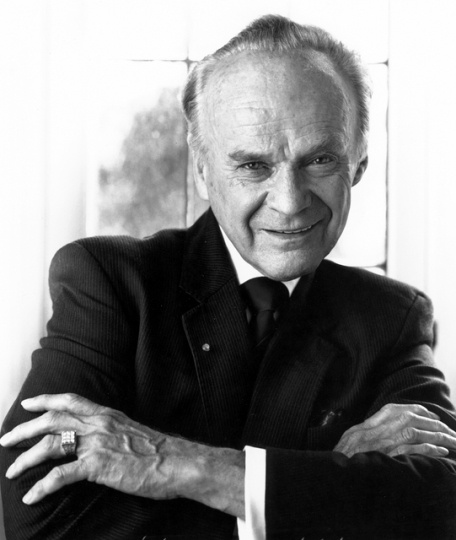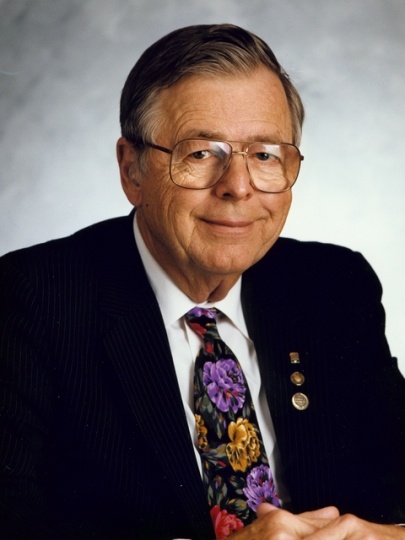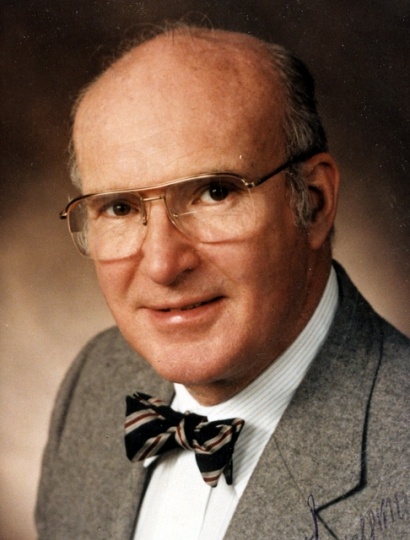Dr. C. Walton Lillehei was a world-famous professor of surgery at the University of Minnesota and an innovator in the field of open-heart surgery. He participated in the world's first successful open-heart operation, developed techniques and devices that made open-heart surgery more successful, and pioneered the use of pacemakers and artificial heart valves.
Clarence Walton Lillehei was born in Minneapolis in 1918. After finishing medical school at the University of Minnesota in 1942, he served in World War II as an army surgeon. He went on to earn a Ph.D. in surgery at the University in 1951 and was recognized as one of the most talented young surgeons at his school.
The 1950s were a time of great excitement and advances in the medical field. The heart in particular fascinated both doctors and the public. Surgeons had shown that problems with blood vessels and defects on the outside of the heart could be successfully repaired. They now dreamed of fixing problems inside the heart as well.
Operating inside a fully-functioning heart, however, was dangerous. Surgeons needed a way to stop blood flow to the heart to work inside it safely. But this was dangerous as well. Without the oxygen carried by blood from the lungs, a patient could suffer brain damage in as few as four minutes.
Some surgeons had tried to create machines that could oxygenate and pump blood to the patient's body and brain instead of the lungs and heart. This would allow them to close off blood flow to the heart, open it up, and repair the inside. The machines, however, were usually expensive and hard to use. Several early patients died due to surgical mistakes and machine malfunctions.
Lillehei and his friend Dr. John Lewis at the University of Minnesota had a different idea. They knew from experiments with dogs that dramatically lowering body temperature also slowed blood flow and reduced the need for oxygen in the brain. In theory, this would give the surgeon more time to operate inside the heart and would not require special machines. On September 2, 1952, Lewis, assisted by Lillehei, used this technique to perform the world's first successful open-heart surgery.
The procedure, however, could not be used in most cases. Lillehei looked for another way to perform heart surgery without complicated machines and decided to try cross-circulation. In this technique, the patient's blood vessels were connected by tubes to another volunteer, the "donor." The donor would supply the patient's blood with oxygen while a simple mechanical pump moved blood between them.
On March 26, 1954, Lillehei used cross-circulation to repair a hole inside thirteen-month-old Gregory Glidden's heart. Sadly, Glidden died of pneumonia eleven days later. Lillehei had shown, however, that his controversial technique could work. Over the next year, he performed forty successful open-heart surgeries using cross-circulation. These surgeries repaired several heart defects that were previously incurable.
Open-heart surgery was still very risky, however. Lillehei continued to search for ways to make it safer and more successful. In 1955, he helped to create a simple and affordable machine that got rid of the need for cross-circulation. He also began working to solve another risk of heart surgery: heart block.
Heart block was a condition in which the heart's rhythm was disrupted during surgery and would suddenly stop. It was dangerous because the problem sometimes was not obvious until after the surgery was finished.
Doctors already knew that the heart reacted to electricity. Lillehei decided electricity might be applied directly to the heart to keep it beating after a heart block. In 1957, Lillehei asked University of Minnesota electrician Earl Bakken for a battery-powered machine that could artificially regulate a heartbeat.
Bakken ended up creating the world's first portable pacemaker. Lillehei successfully implanted this machine in a patient with heart block in 1958. Bakken went on to found Medtronic, which became one of Minnesota's most successful companies.
Lillehei also played a key role in developing and implanting the world's first artificial heart valves. Besides his own achievements, he also helped to train more than 150 other heart surgeons from forty different countries. One of his most talented students was Dr. Christiaan Barnard, the South African surgeon who performed the world's first successful heart transplant in 1967.
C. Walton Lillehei died in 1999. In honor of his achievements, the University of Minnesota's heart disease institute is now named the Lillehei Institute.







